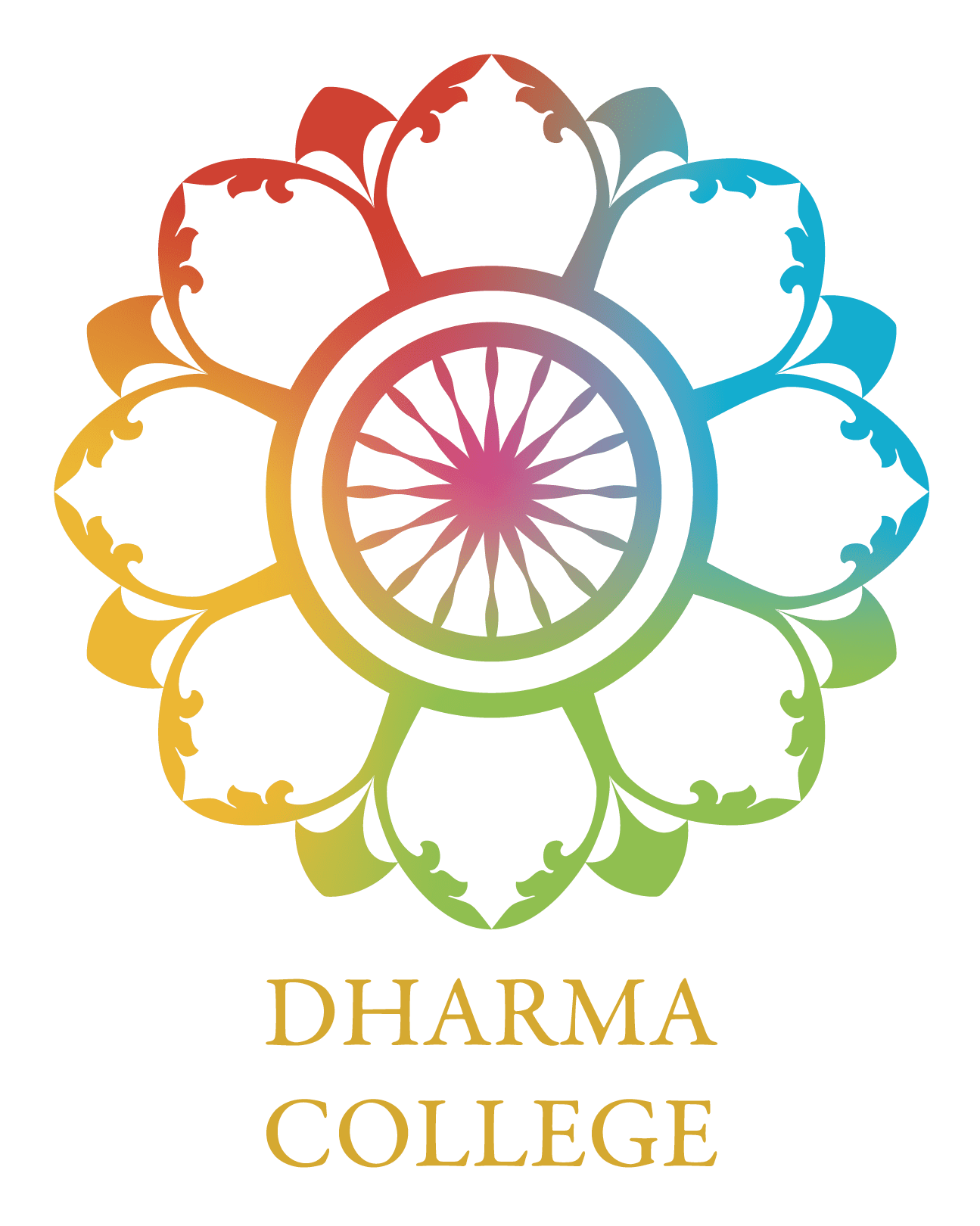
Exploring the Spiritual Dimensions of Ecology: Nurturing Our Connection with the Earth
In a world
increasingly defined by rapid technological advancement and urbanization,
there's a growing recognition of the need to reconnect with the natural world
on a deeper level. This reconnection goes beyond mere ecological preservation;
it delves into the spiritual dimensions of our relationship with the Earth.
Rooted in concepts such as deep ecology, indigenous knowledge, and ecological
spirituality, this holistic approach offers profound insights into the
interconnectedness of all life and the sacredness of the natural world.
Deep Ecology: Rediscovering Our Place in the Web of Life
Deep ecology, coined by Norwegian philosopher Arne Naess in the 1970s, advocates for a shift in consciousness from human-centered to eco-centric perspectives. At its core is the recognition that all beings, human and non-human alike, possess intrinsic value and deserve respect and consideration. This philosophy encourages us to transcend anthropocentrism and embrace a more expansive sense of self that encompasses the entire biosphere.
Indigenous Wisdom:
Learning from the Earth's Original Stewards
Indigenous cultures
around the world have long held intimate relationships with their natural
environments, grounded in deep spiritual reverence. Their traditional knowledge
systems offer invaluable insights into sustainable living practices,
biodiversity conservation, and harmonious coexistence with the land. By
honoring and preserving indigenous wisdom, we can learn valuable lessons about
reciprocity, stewardship, and interconnectedness.
Ecology and
Spirituality: Bridging Science and Mysticism
The intersection of
ecology and spirituality offers fertile ground for exploring the interconnected
nature of reality. Scientific inquiry into ecological systems reveals intricate
webs of interdependence and complexity, mirroring spiritual concepts of unity
and interconnectedness. By weaving together scientific understanding with
mystical experiences and contemplative practices, we can deepen our
appreciation for the sacredness of life and cultivate a sense of awe and wonder
for the natural world.
Eco-Spirituality: Nurturing the Soul of the Earth
Eco-spirituality
encompasses a diverse array of beliefs and practices centered around the
sacredness of nature. Whether through rituals, ceremonies, meditation, or
mindful engagement with the environment, eco-spiritual traditions offer
pathways for cultivating reverence, gratitude, and humility towards the Earth.
By recognizing the inherent spirituality of the natural world, we can foster a
sense of kinship with all beings and awaken to our shared responsibility as
caretakers of the planet.
Taking Care of Our Earth: Embracing Our Role as Stewards
At the heart of ecological
spirituality lies a call to action – a call to become conscious stewards of the
Earth and safeguard the integrity of the web of life. This involves not only
individual lifestyle choices but also collective efforts to address systemic
issues such as climate change, habitat destruction, and environmental
injustice. By advocating for policies that prioritize ecological
sustainability, supporting conservation initiatives, and fostering community
resilience, we can honor our spiritual connection to the Earth through tangible
acts of care and compassion.
Conclusion: Cultivating a Sacred Relationship with the Earth
In a world fraught
with environmental challenges, the spiritual dimensions of ecology offer a
beacon of hope and inspiration. By embracing the principles of deep ecology,
honoring indigenous wisdom, and nurturing our eco-spiritual connections, we can
embark on a transformative journey towards healing and wholeness – for
ourselves and for the Earth. Let us heed the ancient wisdom of the land and
embark on a path of reverence, reciprocity, and renewal as we strive to
co-create a more just, sustainable, and harmonious world for generations to
come.
[Explore "The Pattern that Connects; Becoming Indigenous to a Place" course at Dharma College](https://dharma-college.com/course/the-pattern-that-connects-becoming-indigenous-to-a-place) to deepen your understanding of spiritual ecology and find additional resources for nurturing your connection with the Earth
[Explore "The Pattern that Connects; Becoming Indigenous to a Place" course at Dharma College](https://dharma-college.com/course/the-pattern-that-connects-becoming-indigenous-to-a-place) to deepen your understanding of spiritual ecology and find additional resources for nurturing your connection with the Earth
Learn more about our courses:
References:
- Macy, J., & Brown, M. Y. (2014). Coming Back to Life: The Updated Guide to the Work That Reconnects. New Society Publishers
- Plotkin, B. (2008). Nature and the Human Soul: Cultivating Wholeness and Community in a Fragmented World. New World Library.
- Abram, D. (1997). The Spell of the Sensuous: Perception and Language in a More-Than-Human World. Vintage.
- Tinker, T. (2008). Spirit and Resistance: Political Theology and American Indian Liberation. Fortress Press.
- Davis, W. (2000). Light at the Edge of the World: A Journey Through the Realm of Vanishing Cultures. Douglas & McIntyre.
- White House. (2022, December 2). What is Indigenous Knowledge and Why Does It Matter? Integrating Ancestral Wisdom and Approaches into Federal Decision Making. Retrieved from https://www.whitehouse.gov/ostp/news-updates/2022/12/02/what-is-indigenous-knowledge-and-why-does-it-matter-integrating-ancestral-wisdom-and-approaches-into-federal-decision-making/

Contact
2222 Harold Way
Berkeley, CA 94704
(510) 704-1105
(510) 704-1105
Public
Copyright © 2025
